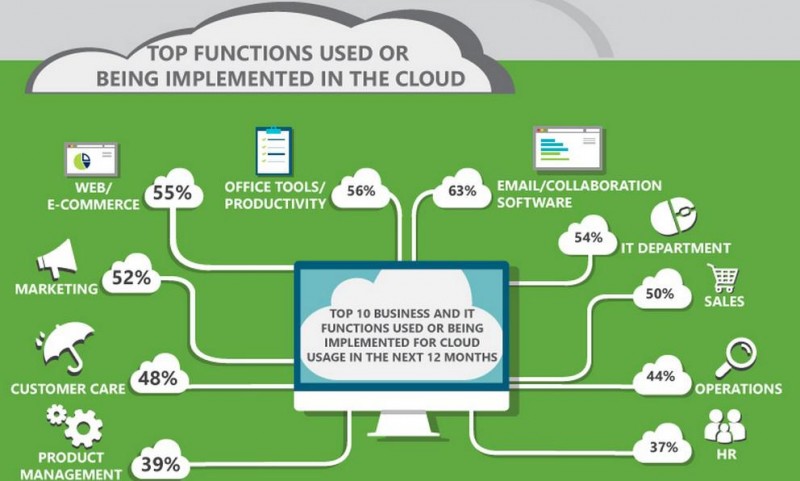In my article last month, I discussed how the managed service provider (MSP) industry has been continuously urged to embrace the cloud, but in the end, could they? I answered the questions by describing several impediments and challenges that I believe are preventing MSPs from generating significant revenue and successfully fulfilling their client’s and prospect’s demands for cloud services. And although I painted a bleak picture of the current MSP business model’s ability to adopt cloud services as a viable business choice, I also indicated that other IT business models are more than capable of effectively utilizing cloud services as a revenue source and are threatening to disrupt and supplant managed service providers (MSPs) that built their businesses implementing or hosting IT infrastructure.

But before the big reveal, let’s look at some statistical background that is the foundation of this trend. According to a recent Techaisle analysis and published infographic (2015 Top 10 SMB Business Issues, IT Priorities and IT Challenges), cloud computing, social media, mobility solutions and collaboration are the four highest SMB priorities for 2015 – areas not typically or easily serviced by MSPs.
Further, increasing profitability, business growth, reducing operational costs and attracting and retaining new customers are the top four SMB business issues – areas that require the assistance of a “trusted business advisor.” And while managed services were only a mid-level IT Priority, the MSP “darlings” – server virtualization and converged infrastructures – fell to the low end of the list.
Let’s look at the data from another SMB infographic clip supplied by the NJ Institute of Technology:

Notice the cross-section of business and IT functions that SMBs are focusing cloud technologies on. IT infrastructure / Server technologies are not in the top 10 functions. As the infographic shows, the focused and wholesale adoption of cloud services looks to significantly reduce the IT infrastructure footprints of SMBs, Midcaps, as well as Enterprise companies by directly solving business needs.
As a result, I believe that managed services are at the beginning of a transition from generalist to specialist firms that will play out over the next few years. The variety and depth of managed services will make it difficult for non-specialists (general IT management firms) to keep pace with IT provider specialists. Look at the SMB and Mid-Market channels, what do you see? Firms are focusing hard on their core competencies, and need IT to be just as agile and focused to build the business. The growth of the cloud is threatening to disrupt many managed Service Providers (MSPs) who built their businesses implementing or hosting IT infrastructure. So for me, the data is clearly revealing that cloud services has created a point of evolution for managed service providers: they can be infrastructure focused to all their clients and prospects today, but not in 2018. There’s no room for being an expense!
So who can meet the latter trends “head-on” and surpass the current MSP business model while – at the same time – become integral business partners with their clients?
By Tony Pagano





